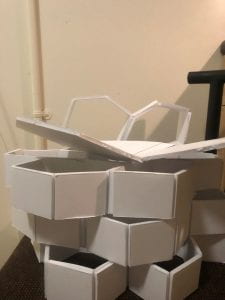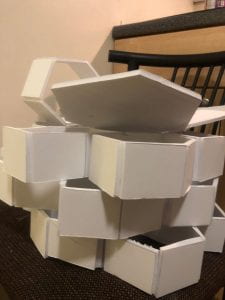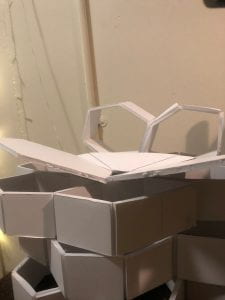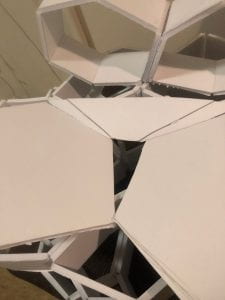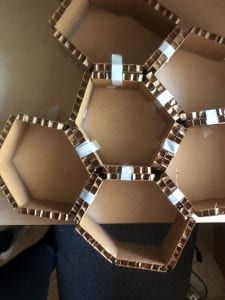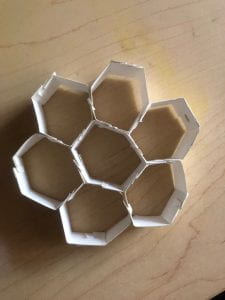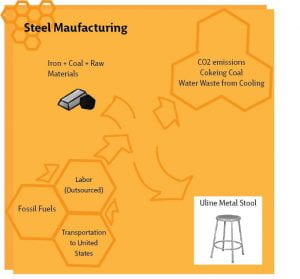Model/ Final Design
Presentation(pdf)
Prototype
Systems Map and Statement
Problem Statement
For the focus of my unsustainable system I’ve chosen the industrial shop stools used at The New School. The stools come from a company called Uline, a shipping, industrial, and packaging company.
While many of the products come from the United States, or are at least distributed from the United States, these stools are outsourced from an origin unspecified on the website.
Most of these stools are made from steel. Steel manufacturing results in around 6.5% of CO2 emissions, or at least the manufacturing process is. A lot of steel is made by coking coal, which accounts for about 50% of the energy consumption. To manufacture steel, you need high temperatures – achieved by burning fossil fuels. These harmful emissions don’t include the ones from transportation either. And as Uline brings this particular product in from overseas, the transportation emissions are higher than those from domestic suppliers.
On a relevant but somewhat off-topic note, the CEO and family that run Uline are far-right conservatives that have donated millions to republicans in office that share their views and are one the most influential donors in American politics. They support views that the New School may not agree with, and their money goes to those in power that we may oppose.
Description
My final design/ artwork is the honey comb stool. First motivated by the uncomfortable feeling of sitting on the Uline stools for long periods of time, then redesigned as something with more sustainable material.
With a corrugated structure in the shape of a honeycomb, the stool has a more dynamic design. Hexagonal shapes combine to create layers that can be taken or added based on height of the user and a potentially collapsible structure for easy moving and storage.
The model is made of cardboard, something sustainable but not necessarily good for longevity. The final product would likely be made a material such as bamboo. Strong and easy to grow, it can be seen as a alternative to steel as a construction material. Though it would likely have to be outsourced from the US or be carefully grown here, it is replicable material that’s better for the environment. And it’s longer lasting than steel.
